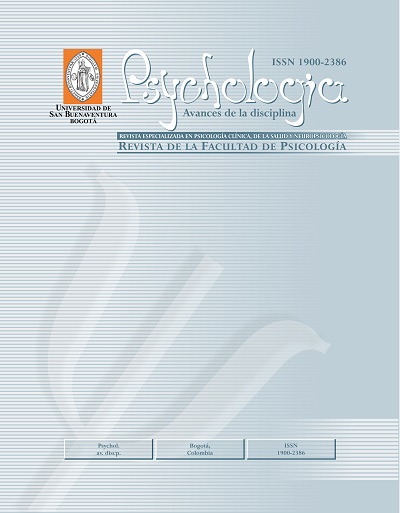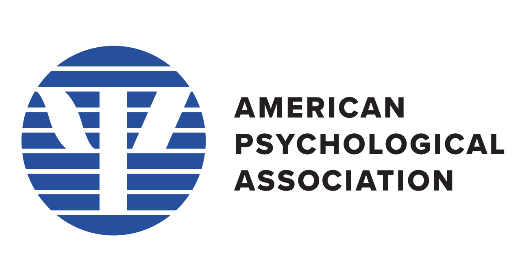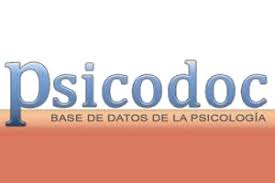This journal provides open, immediate access to its contents, based on the principle that offering the public free access to research helps to promote a higher global exchange of knowledge.
As such, all journal articles are published under a Creative Commons Attribution-NonCommercial-ShareAlike 4.0 International License (CC BY-NC-SA), by which commercial use of the original work or its possible derived works is not allowed, and the distribution thereof must be done with the same license elements regulating the original work.
http://creativecommons.org/licenses/by-nc-sa/4.0/
Abstract
In the present investigation sought to establish a diagnosis of psychoactive substance use as an indicator of mental health in young students. The research is quantitative approach, empirical paradigm - Analytical, descriptive and cross-sectional design. The population consisted of 2,104 high school students FDI of District 5 District of Santa Marta, which a non-probabilistic intentional sample of 118 students in grades 9 was taken, 10 ° and 11 °, both sexes, aged 13-16 years. Test was applied ASSIST v3.1 (WHO, 2011) of 8 items, which indicate the risk for each substance reported having consumed the user, whose validation obtained an α = 0.809 for the total scale and α = 0.804 based on the established elements, indicating high reliability for this study. The data were processed by SPSS software v18.0. Statistical analysis included univariate analysis to determine the risks of consumption of the participants, and bivariate analysis using the chi-square test to establish the relationship risk variables consumption according to age, gender and grade. It was found that the young participants present a high risk level for alcohol consumption (43%), cigarettes (11%) and cannabis (3.3%), and less than 1% for other substances. It is concluded that the risk of alcohol consumption depends on the current age and grade, but not gender; snuff consumption is independent of gender, age and grade level; and that the risk of cannabis is independent of gender and grade, but not age. It is recommended to intervene from the College through prevention programs for these substances, family support and community leaders.





















